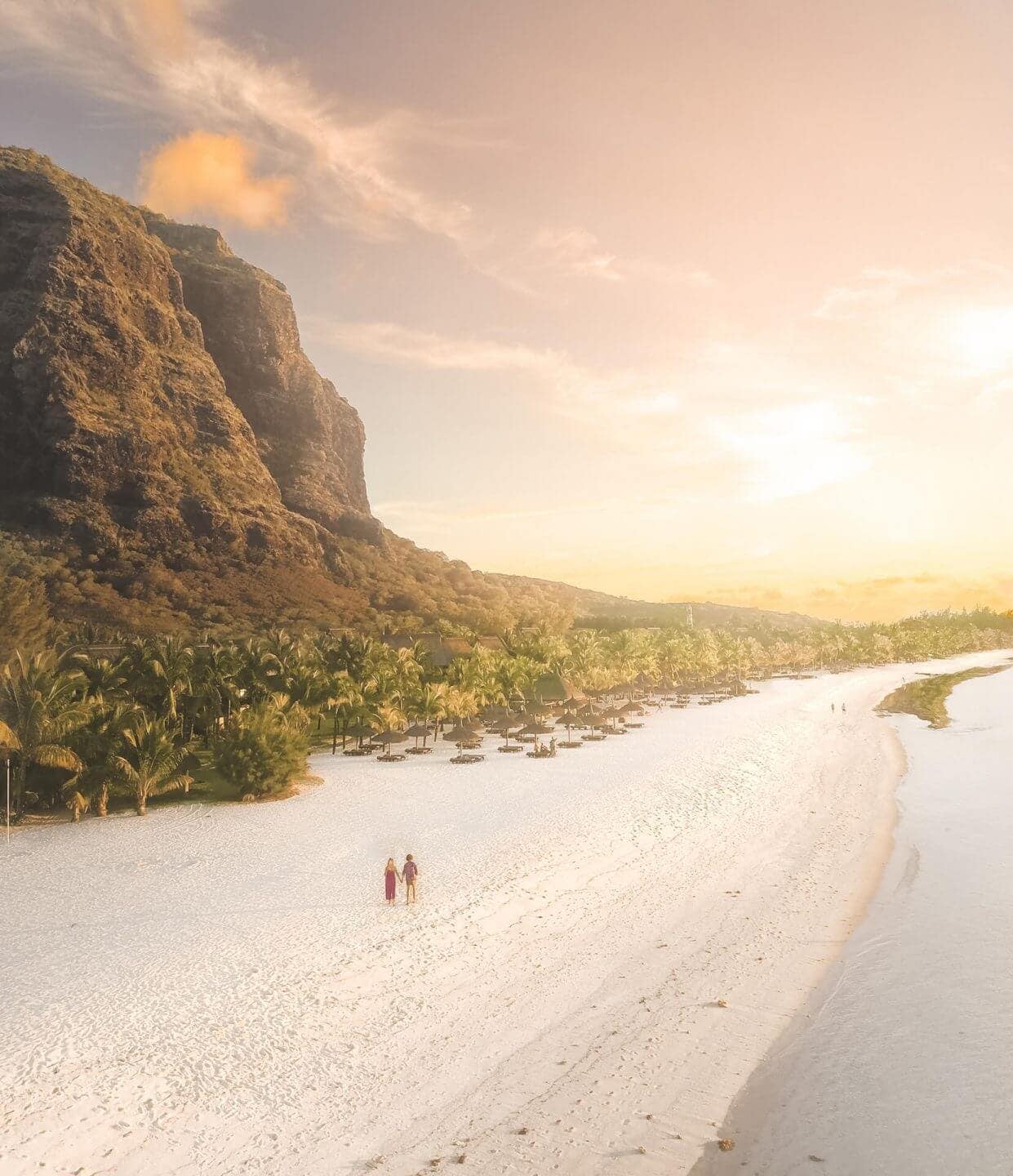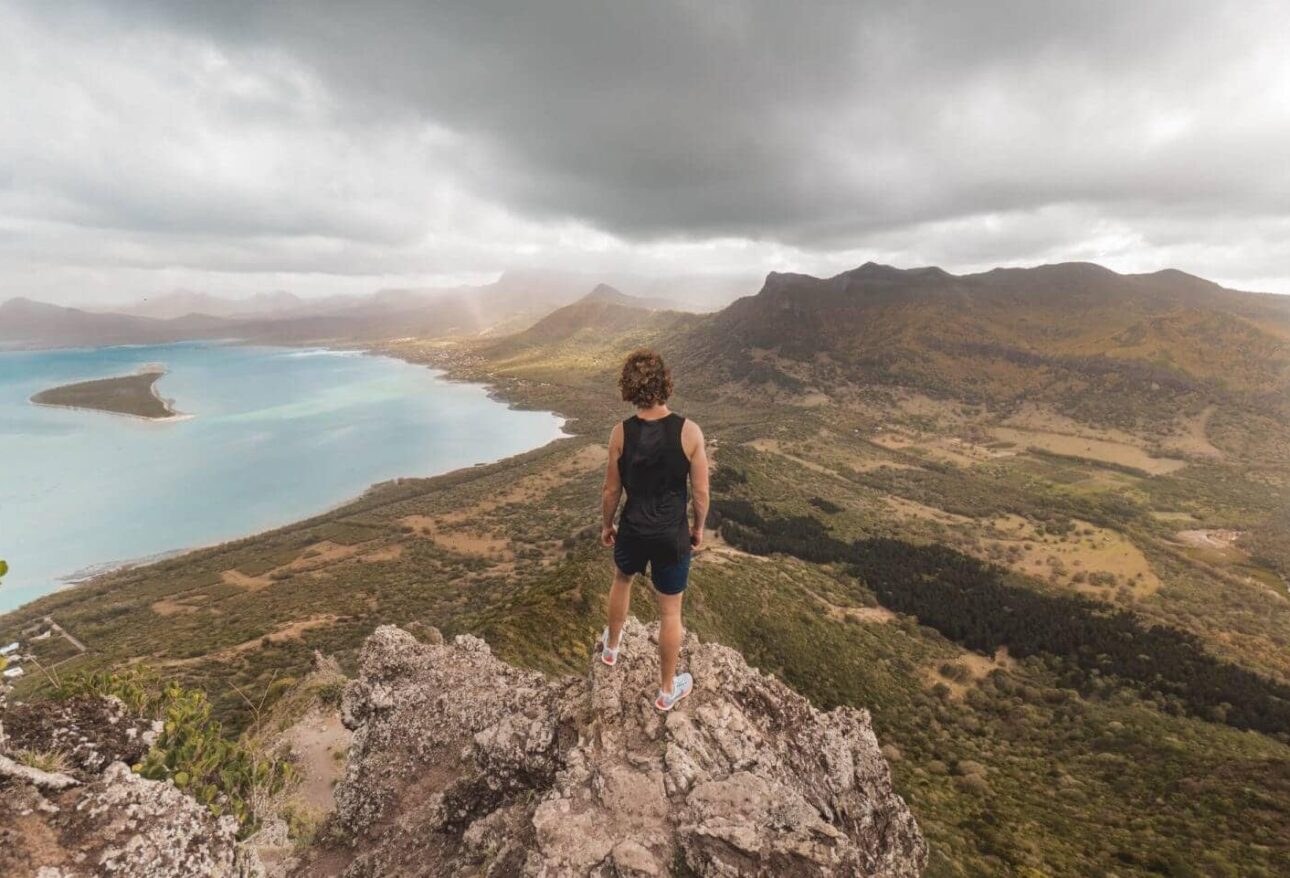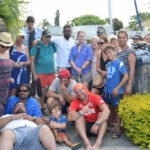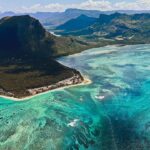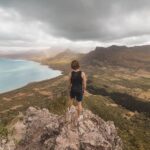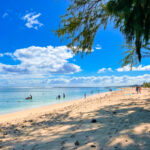About Mauritius
The 1.2 million Mauritians, who are a mix of Indian, Chinese, French, and African people, live from tourism and the export of Sugarcane. School is free until University. You also don’t need to get any vaccinations!
Don’t be fooled by the luxury status of Mauritius, you can visit this island on a budget, too. These are our top 7 things to do in Mauritius, which you should be able to do in two or three days.
Things to do in Mauritius
1. Hike up Le Morne
Morne Brabant is a mountain in the southwest of Mauritius , classified as a UNESCO World Heritage Site sinceJuly 6, 2008under the name of “Le Morne Cultural Landscape”. The site was a sanctuary for runaway slaves and today represents a place of remembrance of the island’s colonial period.
Morne Brabant is a basaltic elevation culminating at 555 m , whose summit covers an area of more than 15 ha ( 0.15 km 2 ). The sides of the mountain are very steep with caves and overhangs. The vegetation on the mountain includes endemic plants , such as the earring , and exotic ones.
Slaves were introduced to the island by the first Dutch settlers during the period 1638 to 1710. From that time on, maroonage was part of the daily life of the inhabitants. The French settlers imported slaves from Madagascar , Mozambique , the Swahili coast , and South Asia . Many of them fled and found refuge in the forests and mountains.
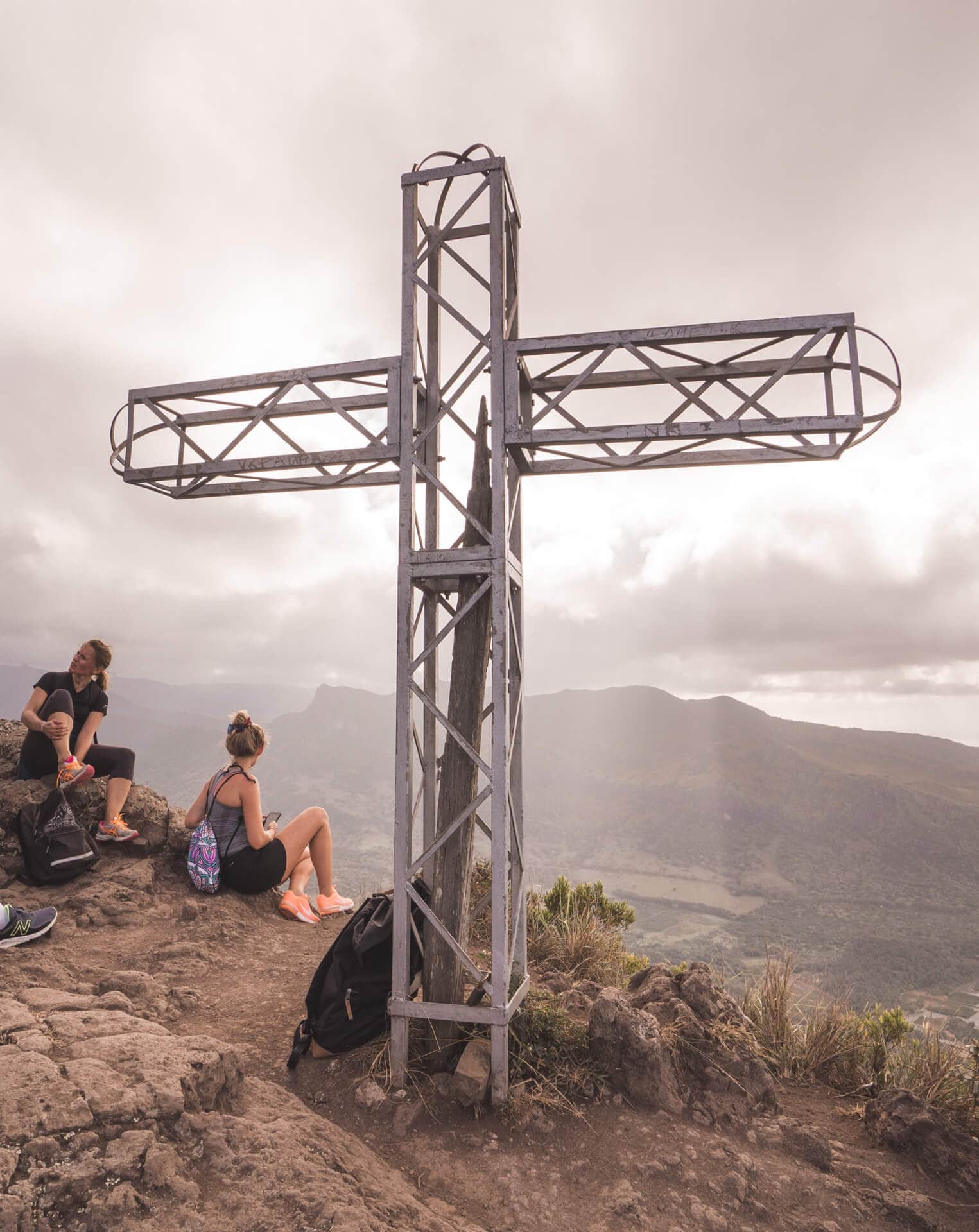
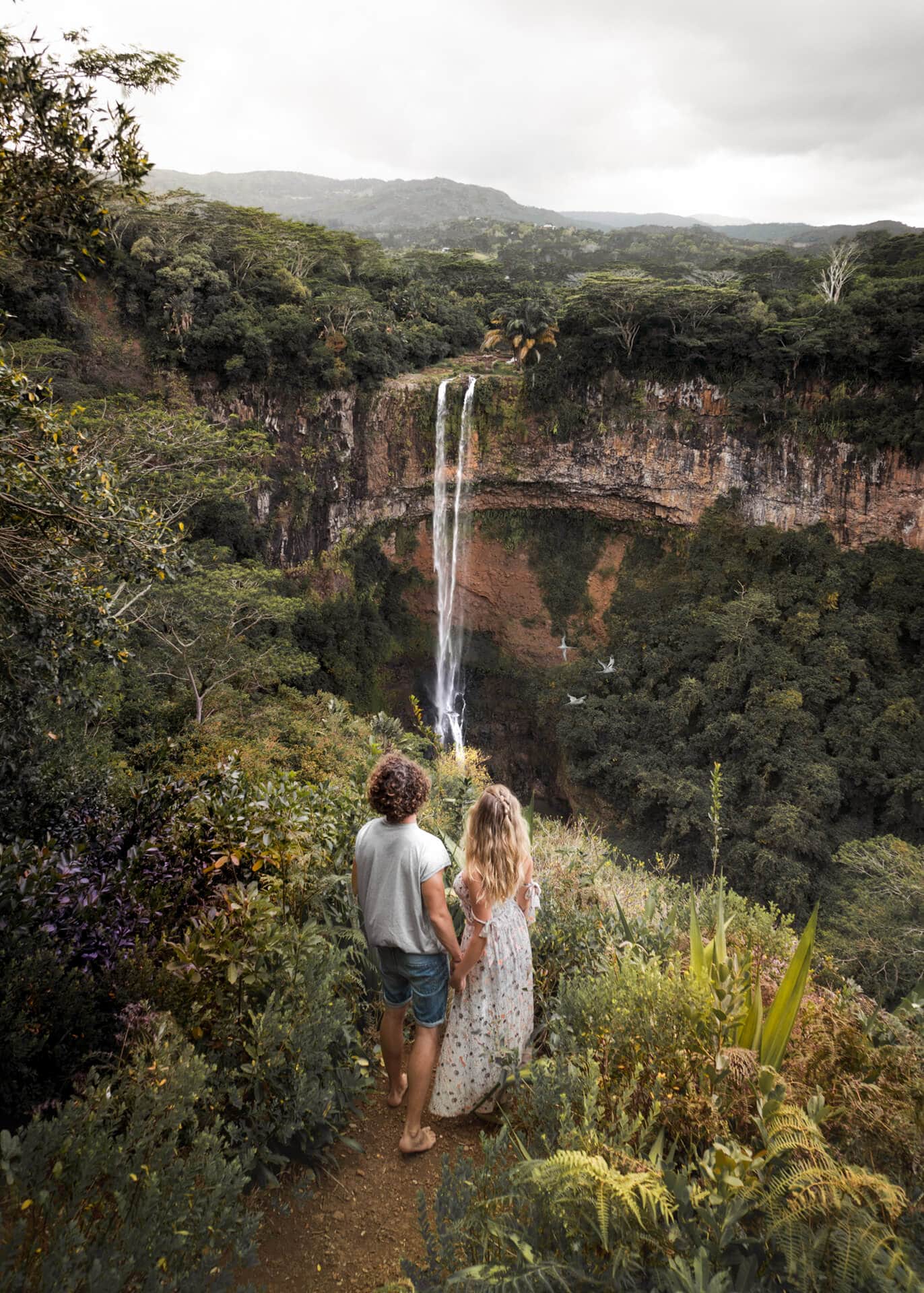
2. Visit the Chamarel Waterfalls
Chamarel is a private property where you can buy a ticket to visit the waterfalls and 7-colored earth. The waterfall can (sadly enough) only be seen from the top, and the hike is super easy!
Undoubtedly the tallest single-drop waterfall in Mauritius at about 100m high, the Chamarel Waterfall is a striking piece of nature standing amid dense vegetation. Fed by the waters of three distinct streams pouring into Saint Denis River, it has a powerful rush with a peak flow rate in excess of 40,000 m³ per minute.
Overhanging the ledge of a basalt cliff, the Chamarel Waterfall splashes into an oval pool before flowing down a 6km tropical-forest-fringed canyon to Baie du Cap. The sight not only floods the senses with freshness but it is also a spectacular showcase of millions of years of volcanic activity. The dramatic landscape if formed by lavas of two different ages.
3. Visit the Chamarel 7-colored earth
The Seven Coloured Earths are a geological formation and prominent tourist attraction found in the Chamarel plain of the Rivière Noire District in south-western Mauritius. It is owned by a private company and the people of Mauritius don’t benefit from the natural made geological feature.
It is a relatively small area of sand dunes comprising sand of seven distinct colours (approximately red, brown, violet, green, blue, purple and yellow). The main feature of the place is that since these differently coloured sands spontaneously settle in different layers, dunes acquire a surrealistic, striped colouring.
Since the earth was first exposed, rains have carved beautiful patterns into the hillside, creating an effect of earthen meringue.
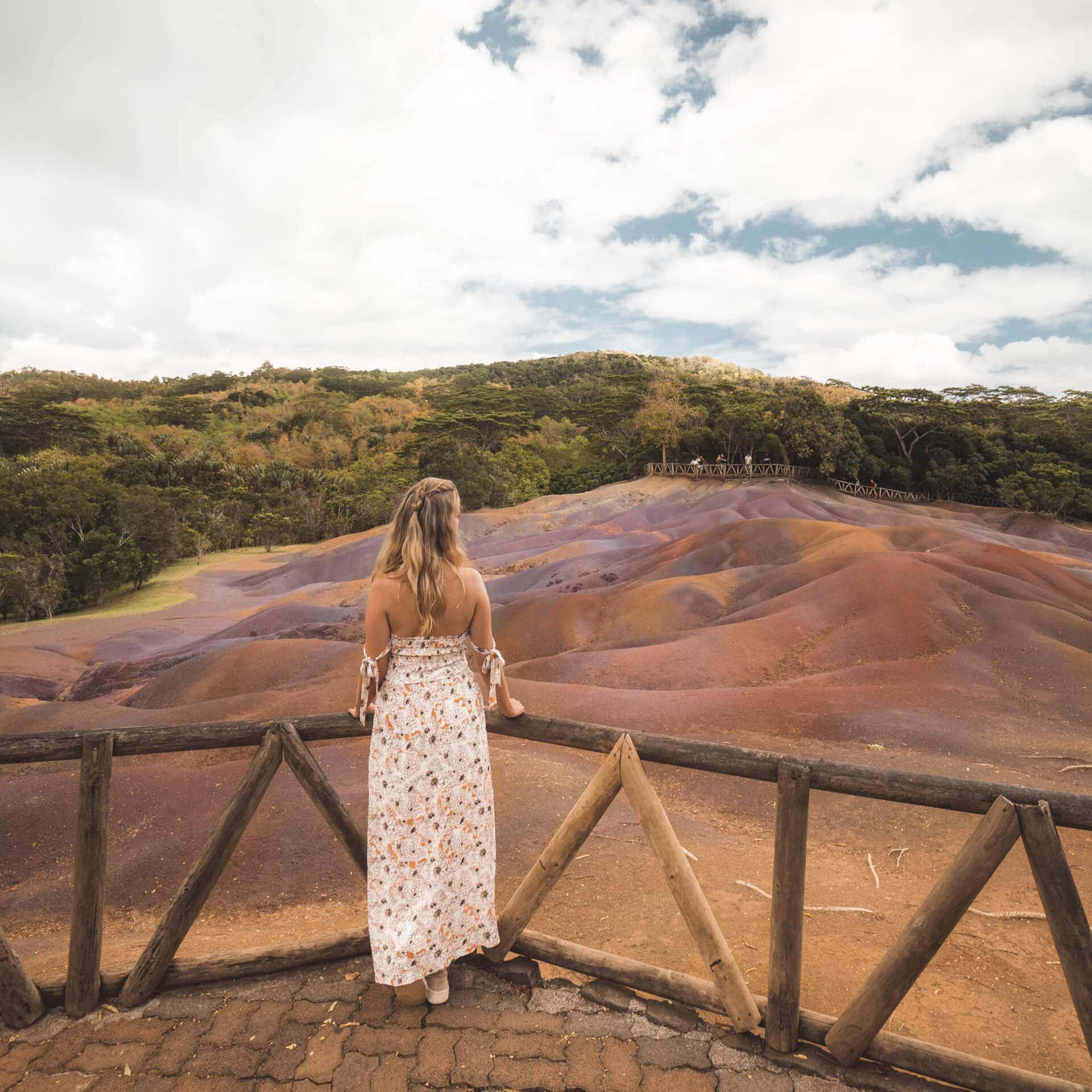
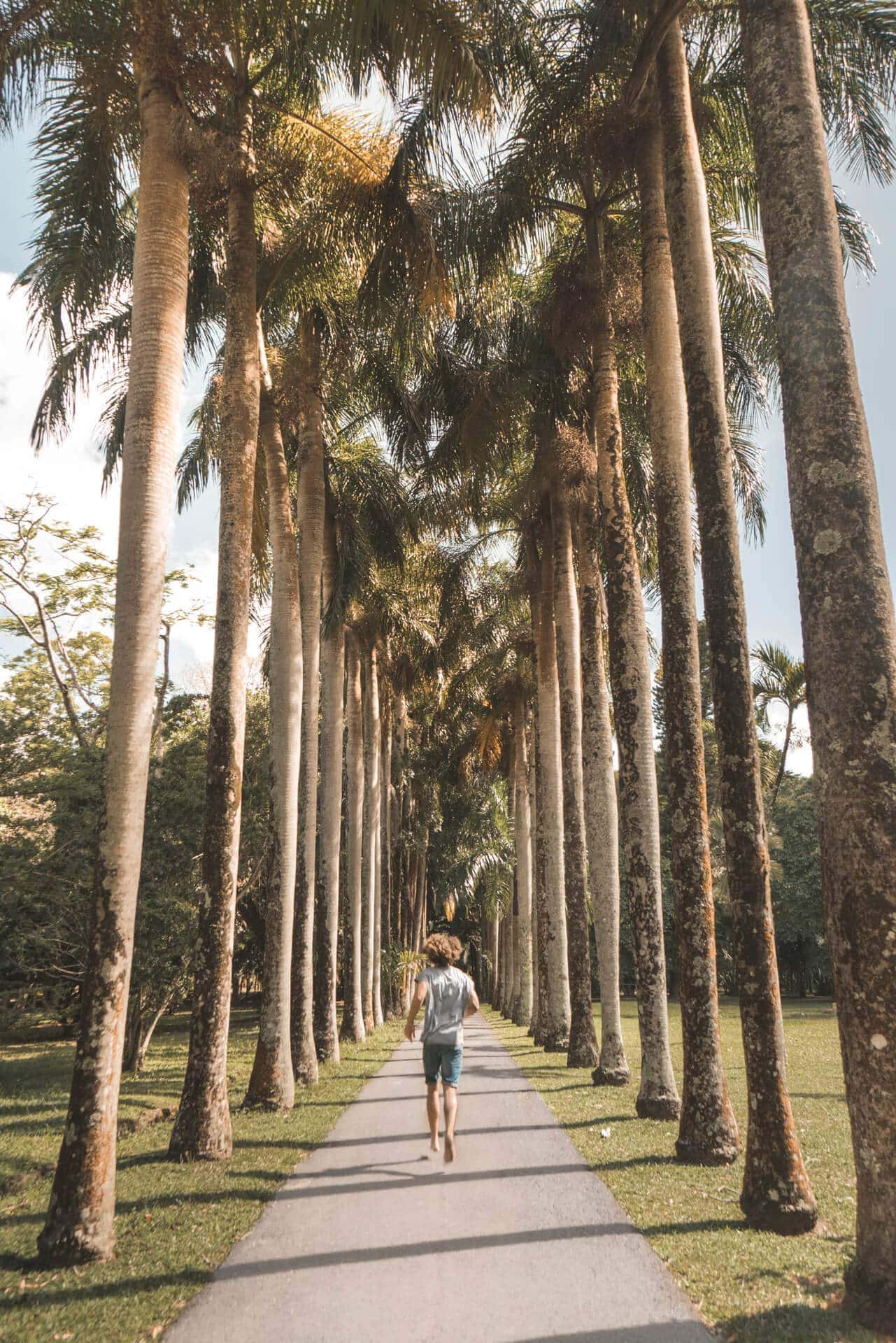
4. Pamplemousse park
The Sir Seewoosagur Ramgoolam Botanic Garden (SSRBG) covers an area of about 37.5 hectares constituting of various attractions in terms of flora and fauna of both terrestrial and aquatic origins.
The origin of the SSRBG dates back to the French period. In 1736, the French Governor, Mahé de Labourdonnais, chose to set up his domain around the present Main Gate of the garden.
In 1767 the French Intendant Pierre Poivre, the creator of the garden, introduced vegetables, fruits, flowers and spices from all over the world. It is the oldest Botanic Garden of the southern hemisphere.
In addition to its giant waterlilies, the garden also features spices, ebonies, sugar canes, and 85 varieties of palms from Central America, Asia, Africa and the islands around the Indian Ocean. Many trees have been planted by world leaders and royalty, including Princess Margaret, Countess of Snowdon, Indira Gandhi, François Mitterrand and Robert Mugabe.
5. Try to eat like a local
The cuisine of Mauritius is greatly influenced by the tropical location of the island as well as the cultural diversity which characterizes the country. Mauritian cuisine is a blend of African, Chinese, European (mainly French) and Indian (mainly Bhojpuri) influences in the history of Mauritius.
Most of the dishes and culinary traditions are inspired by French culture, former African slaves, Indian workers and Chinese migrants that arrived in the country during the 19th century. Over the years, communities found in Mauritius have adapted and mixed each other’s cuisine to their liking, resulting in the development of Mauritian cuisine.
While some popular dishes and desserts are consumed by Mauritians of all ethnic groups or communities, there are also forms of cuisines which remain distinctly ethnic and are unique to a specific ethnic community due to their ancestral cultural and historical connections.
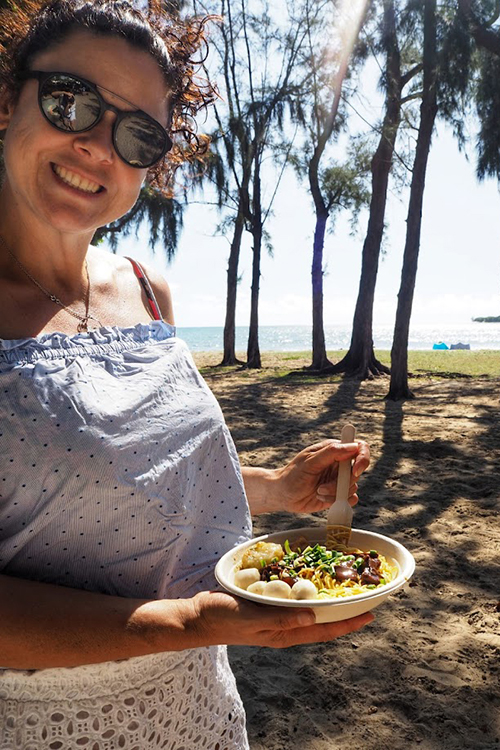
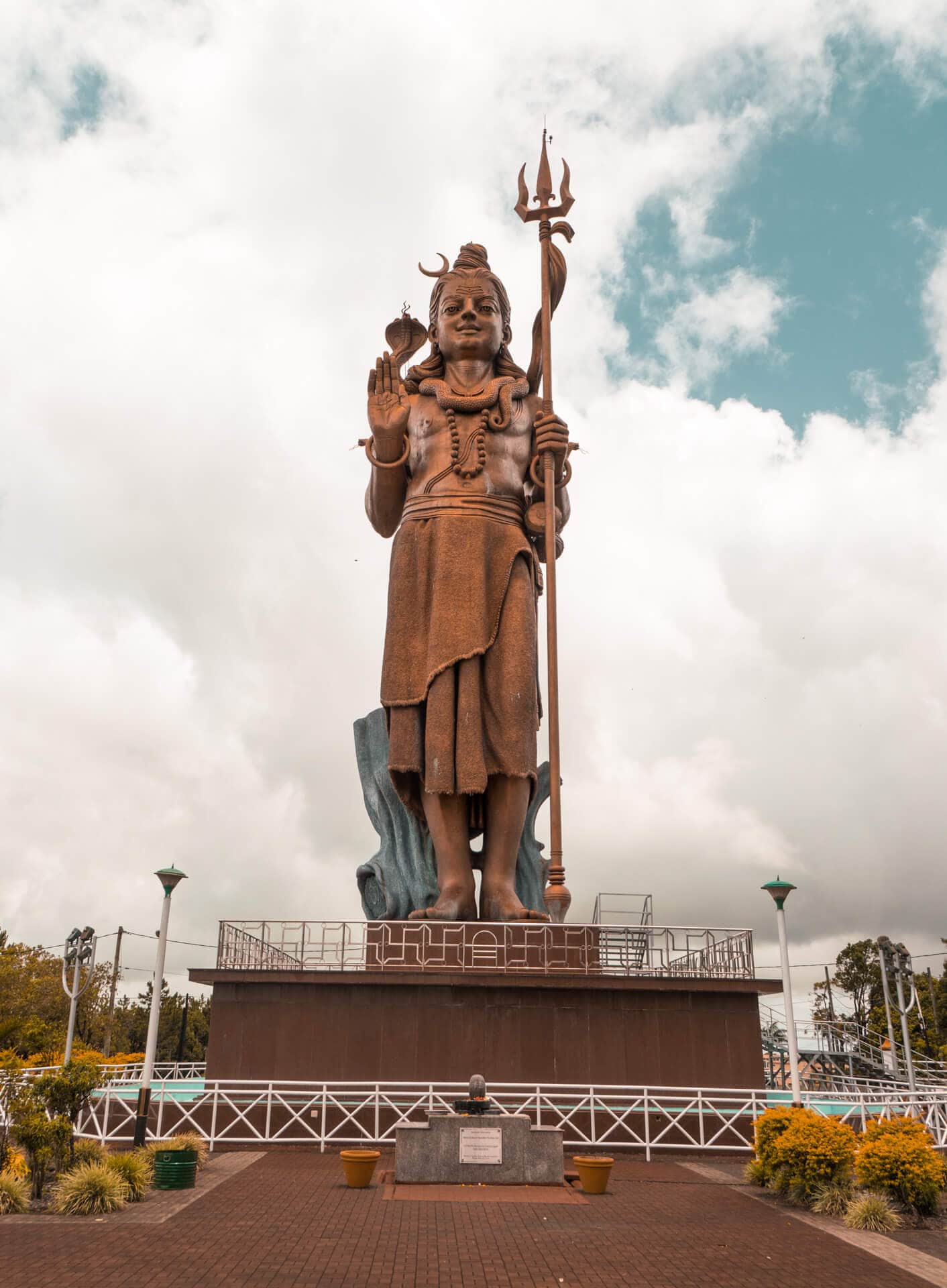
6. Grand Bassin, Mauritius
Ganga Talao (commonly known as Grand Bassin) is a crater lake situated in a secluded mountain area in the district of Savanne, deep in the heart of Mauritius. It is about 550 m (1,800 ft) above sea level.
It is considered the most sacred Hindu place in Mauritius. The first group of pilgrims to Ganga Talao were from the village of Triolet and led by Giri Gossayne from Terre Rouge in 1898.
The Shiv Mandir is located on the bank of the lake and is dedicated to Shiva, one of the principal deities of Hinduism. There are temples dedicated to other gods as well, including Lord Hanuman, Goddess Ganga, and Lord Ganesh along the Grand Bassin.
During Shivaratri, around half a million Hindus in Mauritius go on a pilgrimage to the lake, many walking barefoot from their homes carrying Kanvars.
7. Explore the Beaches
Mauritius is completely surrounded by beaches and a beautiful coastline. It offers beaches to relax, snorkel, do boat tours and has world-famous spots for wind and kite-surf.
Trou aux Biches offers a white sand beach with beautiful clear water and a reef close to shore to snorkel.
Le Morne is the go-to back for a quiet, laid back beach experience. Few boats and crystal clear waters with a backdrop of Le Morne mountain.
